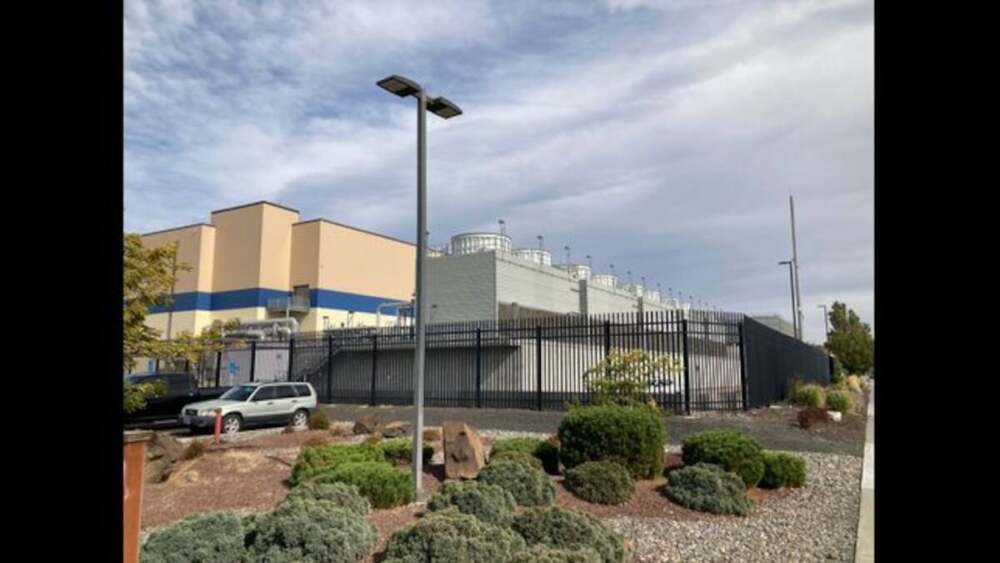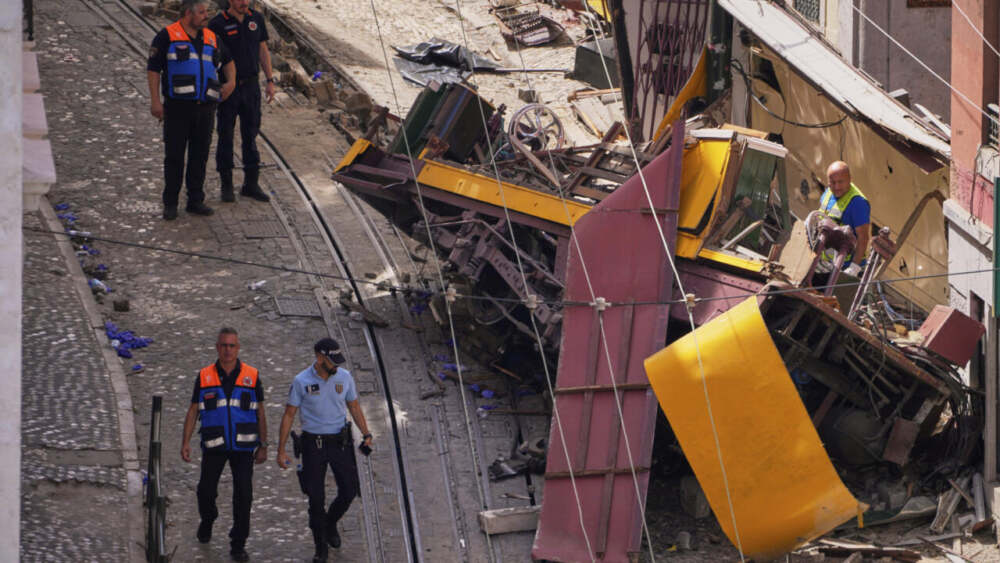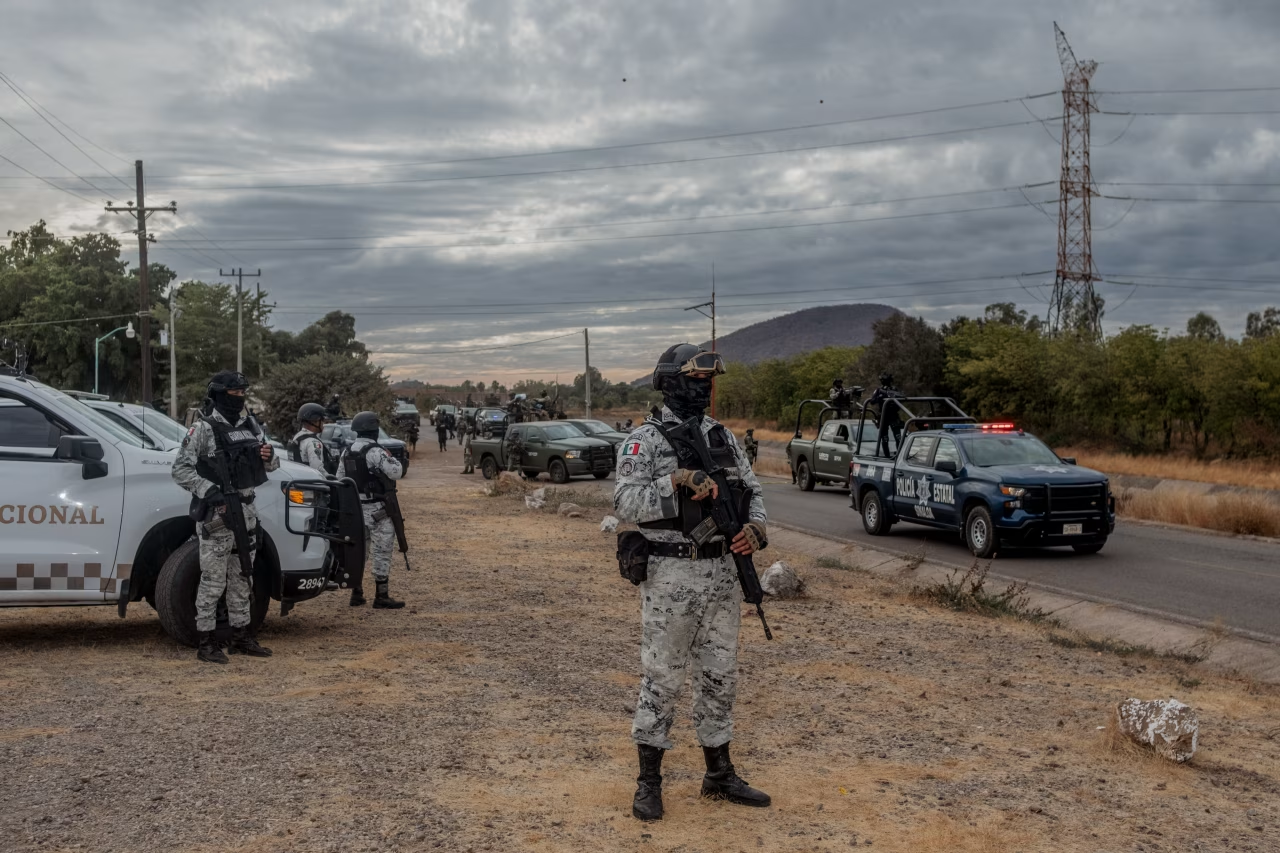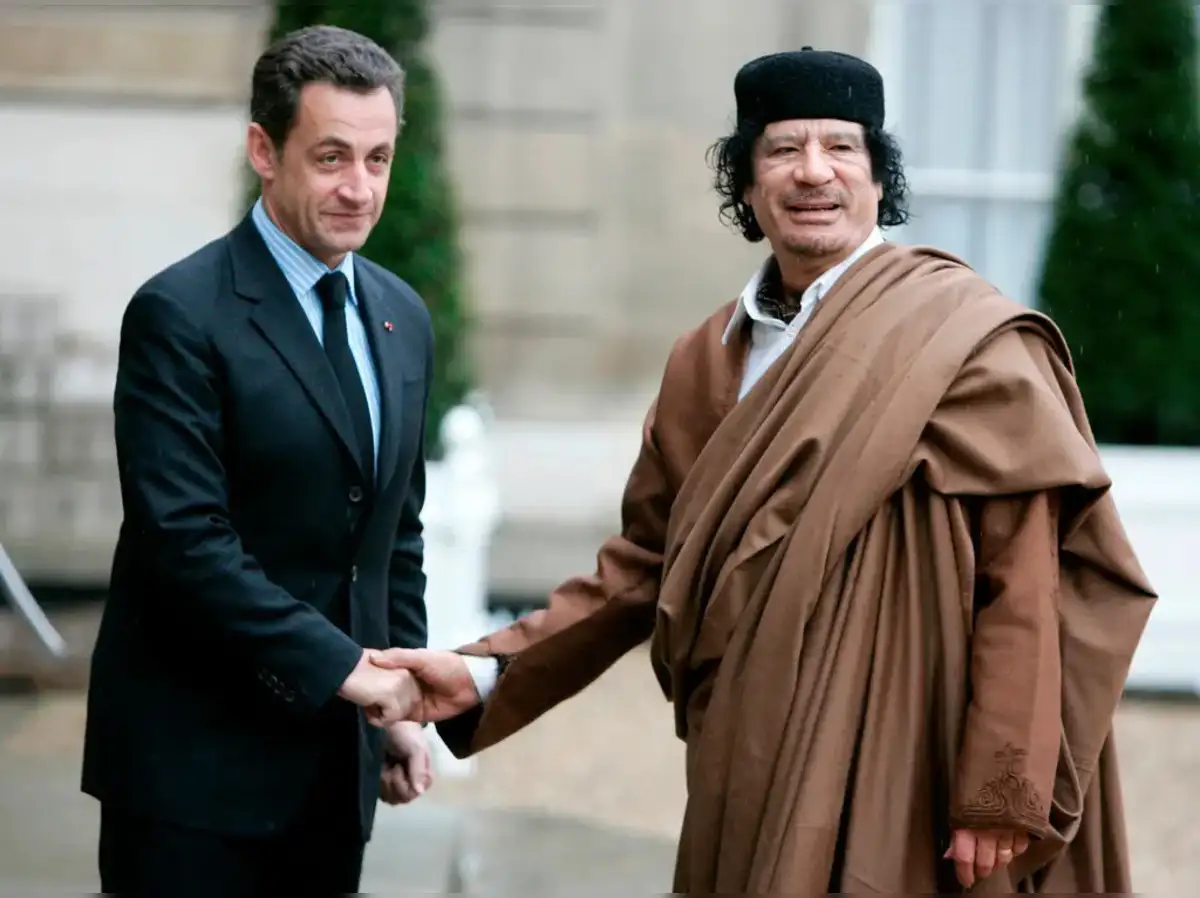August 7, 2025
In a sharp escalation of hostilities, Israeli forces launched a major ground and air offensive across multiple sectors of the Gaza Strip on Wednesday night, intensifying a military campaign that has already drawn sharp criticism from international observers over civilian casualties.
The latest wave of strikes, which Israeli officials described as a “decisive phase” of their ongoing operation, targeted what the military claimed were Hamas infrastructure and tunnel networks in densely populated areas of Khan Younis and Rafah. However, local sources and health authorities in Gaza reported significant damage to residential buildings, medical centers, and makeshift shelters housing displaced families.
According to Palestinian health officials, over 150 people have been killed in the past 24 hours alone, bringing the total death toll in Gaza to more than 25,000 since the conflict reignited in early May. Among the casualties were numerous women and children, prompting renewed outcry from humanitarian agencies and calls for an immediate ceasefire.
The Israeli government, meanwhile, has reaffirmed its stance that the operation is vital for national security, asserting that it is aimed at neutralizing the command structure of Hamas and securing the release of hostages believed to be held inside the enclave. Prime Minister Benjamin Netanyahu stated in a televised address that Israel “will not stop until the threat is dismantled,” adding that every effort is being made to avoid civilian harm — a claim disputed by aid organizations working on the ground.
United Nations officials have described the situation as “catastrophic,” warning that the continued assault has pushed Gaza’s already crumbling infrastructure to the brink. More than 80% of the population has now been displaced, according to the UN Relief and Works Agency (UNRWA), with food, water, and medical supplies critically low.
Diplomatic efforts to broker a truce have so far failed, with mediation attempts by Egypt and Qatar stalled amid disagreements over ceasefire conditions and long-term political concessions. U.S. officials have expressed “deep concern” over the scale of the violence, calling for restraint and urging both sides to return to negotiations, though Washington continues to support Israel’s right to self-defense.
As the fighting intensifies, fears are growing that the conflict could spill over into neighboring territories or trigger a broader regional crisis. Hezbollah has reportedly increased its presence near the Israeli-Lebanese border, and skirmishes were reported overnight.
The international community remains divided over how to respond. While several European nations have pressed for an immediate ceasefire and humanitarian corridor, others are calling for a more nuanced approach that includes addressing Hamas’s military buildup and the political stagnation surrounding the Israeli-Palestinian conflict.
With no clear end in sight and the human toll mounting, the situation in Gaza has once again highlighted the volatility of the region and the urgent need for a sustainable political solution.
















Leave a Reply